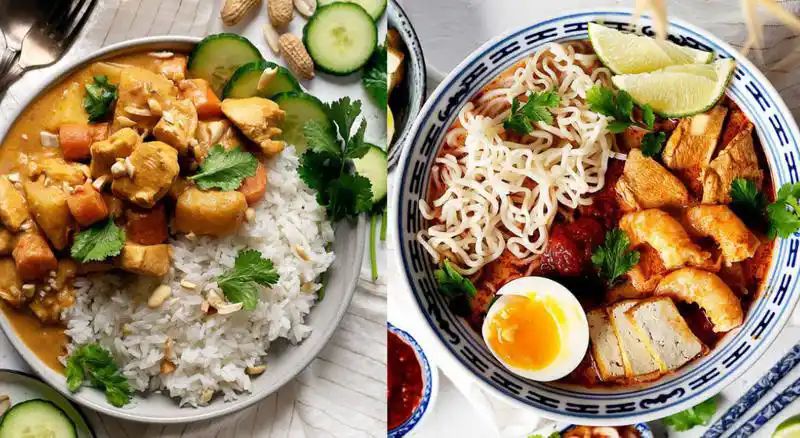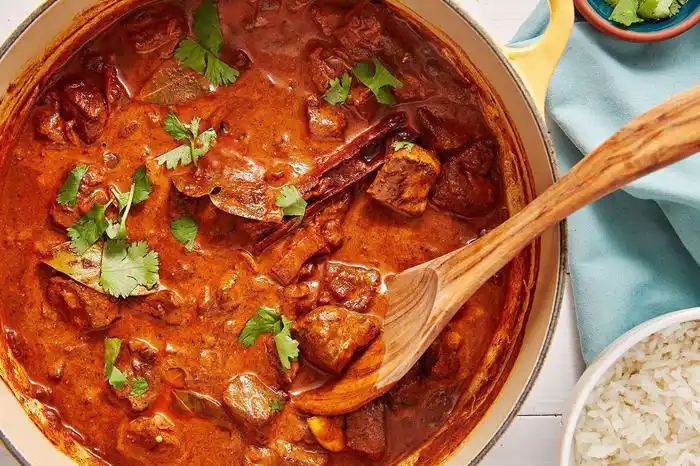
The stubborn insistence on the existence of curries on Indian and Asian menus is not lost on us when we visit 'white' countries. From a slur in one country to the national dish of another, it has now become the catch-all for any kind of gravy dish arising from the Indian subcontinent.
But as Indians, we know that every dish we cook can be described by an array of other words, none of which are 'curry,' and to say nothing about the other billions of people in the rest of South Asia, from Thai kaeng to Japan's katsu. From sambar, to korma, to vindaloo, India's 'curries' are an amalgamation of different spices, like chilli, turmeric, coriander, and cumin, in different permutations and combinations depending on the taste, region, and spice level. None of these curries contains the ready-made yellow curry powder that we find in little jars. These spices are masterfully blended with vegetables, pulses and lentils, and sometimes meat. As defined by Chef Floyd Cardoz, a curry is any sauce with spice in it, it doesn't matter if you have 20 or 30 spices, but it is the way that you treat them.
The origins of the word 'curry' are from the Tamil kari, which was then anglicised by the British during the Raj, thereby avoiding having to learn all the different words for our dishes. Though those in the know during the time did differentiate between dishes, they were few and far between, making 'curry' commonplace and more palatable for British tastes. So while now Indian and other South Asian food is considered 'exotic' and sought after, this has come only after people in white countries made a mockery of our dishes, considering them messy, spicy, and one-note, when this could not be further from the truth. White acknowledgement and approval have finally reached Indian cuisine, but at what cost?

Curry is not a wrong term by any means, many South Indian and Sri Lankan dishes do have the word curry in the name, but these are always paired with traditional ingredients or it refers to something very specific. It is the lumping of all our dishes under the curry umbrella that is a problem.
India is not the world's originator of the dish by any means. Curry as a concept has existed since the beginning of time, and almost every country has their own version of a curry. However, thanks to the internet, we're not restricted to only Indian curry dishes. There are tons of recipes out there to try from Indonesian beef (or buff) rendang, to Malaysian laksa, you can sample them all. But we know that not everyone is a cook, or has time to make these dishes. So in an effort to broaden our palates beyond an Indian curry dish, here's what the rest of Asia is doing with their curry and places you can sample them right in our very own backyard.
Source of potential plagiarism
Plagiarism is the copying & pasting of others' work without giving credit to the original author or artist. Plagiarized posts are considered fraud.
Guide: Why and How People Abuse and Plagiarise
Fraud is discouraged by the community and may result in the account being Blacklisted.
If you believe this comment is in error, please contact us in #appeals in Discord.
Congratulations @vandna! You have completed the following achievement on the Hive blockchain and have been rewarded with new badge(s):
Your next target is to reach 50 replies.
You can view your badges on your board and compare yourself to others in the Ranking
If you no longer want to receive notifications, reply to this comment with the word
STOPCheck out the last post from @hivebuzz:
Support the HiveBuzz project. Vote for our proposal!